Audi 2010 Annual Report Download - page 173
Download and view the complete annual report
Please find page 173 of the 2010 Audi annual report below. You can navigate through the pages in the report by either clicking on the pages listed below, or by using the keyword search tool below to find specific information within the annual report.-
 1
1 -
 2
2 -
 3
3 -
 4
4 -
 5
5 -
 6
6 -
 7
7 -
 8
8 -
 9
9 -
 10
10 -
 11
11 -
 12
12 -
 13
13 -
 14
14 -
 15
15 -
 16
16 -
 17
17 -
 18
18 -
 19
19 -
 20
20 -
 21
21 -
 22
22 -
 23
23 -
 24
24 -
 25
25 -
 26
26 -
 27
27 -
 28
28 -
 29
29 -
 30
30 -
 31
31 -
 32
32 -
 33
33 -
 34
34 -
 35
35 -
 36
36 -
 37
37 -
 38
38 -
 39
39 -
 40
40 -
 41
41 -
 42
42 -
 43
43 -
 44
44 -
 45
45 -
 46
46 -
 47
47 -
 48
48 -
 49
49 -
 50
50 -
 51
51 -
 52
52 -
 53
53 -
 54
54 -
 55
55 -
 56
56 -
 57
57 -
 58
58 -
 59
59 -
 60
60 -
 61
61 -
 62
62 -
 63
63 -
 64
64 -
 65
65 -
 66
66 -
 67
67 -
 68
68 -
 69
69 -
 70
70 -
 71
71 -
 72
72 -
 73
73 -
 74
74 -
 75
75 -
 76
76 -
 77
77 -
 78
78 -
 79
79 -
 80
80 -
 81
81 -
 82
82 -
 83
83 -
 84
84 -
 85
85 -
 86
86 -
 87
87 -
 88
88 -
 89
89 -
 90
90 -
 91
91 -
 92
92 -
 93
93 -
 94
94 -
 95
95 -
 96
96 -
 97
97 -
 98
98 -
 99
99 -
 100
100 -
 101
101 -
 102
102 -
 103
103 -
 104
104 -
 105
105 -
 106
106 -
 107
107 -
 108
108 -
 109
109 -
 110
110 -
 111
111 -
 112
112 -
 113
113 -
 114
114 -
 115
115 -
 116
116 -
 117
117 -
 118
118 -
 119
119 -
 120
120 -
 121
121 -
 122
122 -
 123
123 -
 124
124 -
 125
125 -
 126
126 -
 127
127 -
 128
128 -
 129
129 -
 130
130 -
 131
131 -
 132
132 -
 133
133 -
 134
134 -
 135
135 -
 136
136 -
 137
137 -
 138
138 -
 139
139 -
 140
140 -
 141
141 -
 142
142 -
 143
143 -
 144
144 -
 145
145 -
 146
146 -
 147
147 -
 148
148 -
 149
149 -
 150
150 -
 151
151 -
 152
152 -
 153
153 -
 154
154 -
 155
155 -
 156
156 -
 157
157 -
 158
158 -
 159
159 -
 160
160 -
 161
161 -
 162
162 -
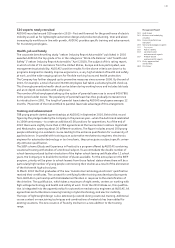 163
163 -
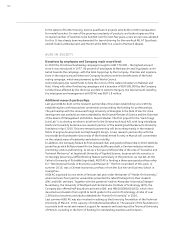 164
164 -
 165
165 -
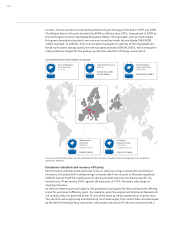 166
166 -
 167
167 -
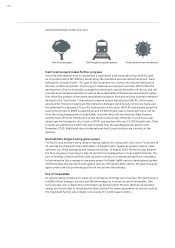 168
168 -
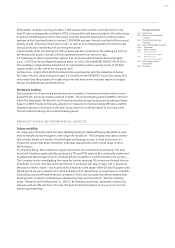 169
169 -
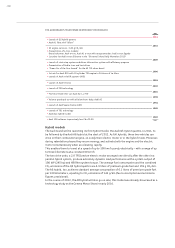 170
170 -
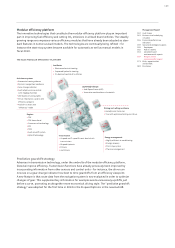 171
171 -
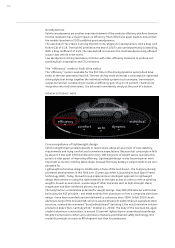 172
172 -
 173
173 -
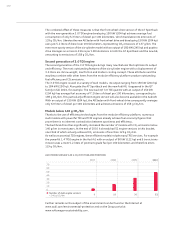 174
174 -
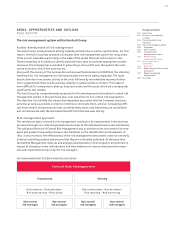 175
175 -
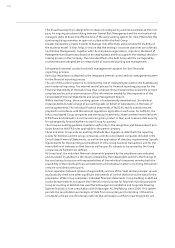 176
176 -
 177
177 -
 178
178 -
 179
179 -
 180
180 -
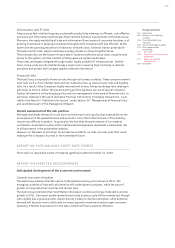 181
181 -
 182
182 -
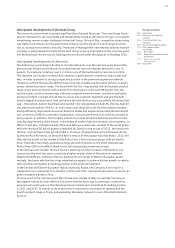 183
183 -
 184
184 -
 185
185 -
 186
186 -
 187
187 -
 188
188 -
 189
189 -
 190
190 -
 191
191 -
 192
192 -
 193
193 -
 194
194 -
 195
195 -
 196
196 -
 197
197 -
 198
198 -
 199
199 -
 200
200 -
 201
201 -
 202
202 -
 203
203 -
 204
204 -
 205
205 -
 206
206 -
 207
207 -
 208
208 -
 209
209 -
 210
210 -
 211
211 -
 212
212 -
 213
213 -
 214
214 -
 215
215 -
 216
216 -
 217
217 -
 218
218 -
 219
219 -
 220
220 -
 221
221 -
 222
222 -
 223
223 -
 224
224 -
 225
225 -
 226
226 -
 227
227 -
 228
228 -
 229
229 -
 230
230 -
 231
231 -
 232
232 -
 233
233 -
 234
234 -
 235
235 -
 236
236 -
 237
237 -
 238
238 -
 239
239 -
 240
240 -
 241
241 -
 242
242 -
 243
243 -
 244
244 -
 245
245 -
 246
246 -
 247
247 -
 248
248 -
 249
249 -
 250
250 -
 251
251 -
 252
252 -
 253
253 -
 254
254 -
 255
255 -
 256
256 -
 257
257 -
 258
258 -
 259
259 -
 260
260 -
 261
261 -
 262
262 -
 263
263
 |
 |

171
Management Report
132 Audi Group
141 Business and underlying
situation
156 Financial performance
indicators
159 Social and ecological aspects
159 Employees
162 Audi in society
163 Location-based
environmental aspects
167 Product-based
environmental aspects
173 Risks, opportunities
and outlook
183 Disclaimer
LIGHTWEIGHT DESIGN IN THE NEW AUDI A6
MMI 3G
system integration
Aluminum module cross-member
Lightweight optimization of
engines and transmissions
Functional integration
Use of lightweight materials
(Al, Mg)
Cast aluminum strut braces
Aluminum
front lid
Aluminum bumper
system
Aluminum wiring
Aluminum axle
components
Use of high-end steels
in the cell,
including form-hardened
steel and tailored blanks
Aluminum rear shelf
Aluminum rear lid
Lightweight
forged wheels
Aluminum doors
Neodym speakers
Aluminum fenders
Lightweight optimization
of quattro drive
Composite cast
lightweight brake disks
Considerably greater use will be made of fiber-reinforced plastics in the future. The models of
the R8 car line, for example, already feature not just design components, but also exterior skin
elements and supporting structural components withstanding high mechanical loads made from
carbon-fiber-reinforced plastic (CFRP). In addition, the volume use of fiber-reinforced plastics as
well as suitable production methods are being propagated at a specially established facility at
the Lightweight Design Center in Neckarsulm.
The group brand Lamborghini is also a major proponent of automotive lightweight design in its
supercars. For example, the Lamborghini Sesto Elemento technology study that it exhibited at
the 2010 Paris Motor Show weighs a mere 999 kilograms despite having a ten-cylinder engine
and all-wheel drive. Its weight was largely reduced thanks to the use of CFRP, with the outer skin
and numerous structural components, for instance, made from carbon-fiber-reinforced plastic.
Efficiency modules launched: A7 Sportback and A6
In the A7 Sportback and the new A6, the Audi brand has again achieved the goal of blending a
dynamic driving feel with good fuel economy by using a large number of items from the modular
efficiency platform.
The systematic application of lightweight design for the body, engine and transmission has
reduced the vehicle weight, for example. Highly efficient automatic air conditioning, innovative
thermo-management, the start-stop system and energy recovery furthermore result in excellent
energy management.
Aerodynamic measures and low-resistance tires also help to improve efficiency. On-demand
control of ancillaries, electromechanical power steering and the use of assistance systems have
likewise helped to improve fuel efficiency and CO₂ emissions.
